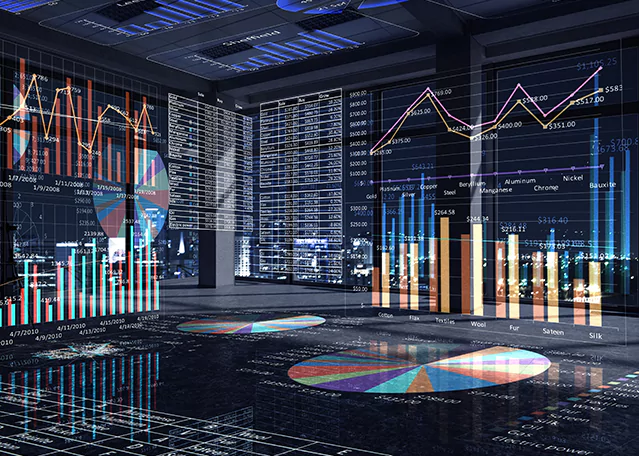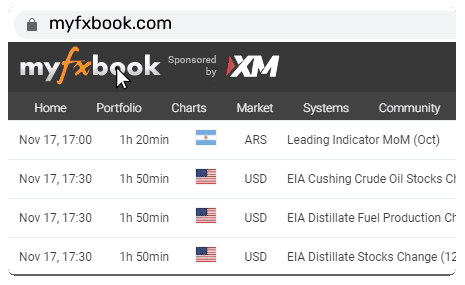Indonesia vs. the World: Who’s Really Leading the Green Energy Revolution?
For years, discussions about the global shift to clean energy have revolved around major economies like the United States, China, and the European Union. Yet, in the background, Indonesia has been making quiet but powerful moves, especially in the nickel industry, a crucial component of the electric vehicle (EV) revolution.
But does Indonesia’s rise mean it is truly leading the global green transition? Or are there challenges that could slow its progress? A closer look reveals a story of rapid growth, strategic decisions, and an evolving balance between industrial ambition and sustainability.
Nickel: Indonesia’s Golden Ticket to Clean Energy Dominance
Nickel is the backbone of modern battery technology, and Indonesia is sitting on one of the world’s largest reserves. Over the past few years, the government has leveraged this natural advantage to strengthen its position in the global market.
By banning raw nickel exports in 2020, Indonesia forced companies to invest in local refining and processing infrastructure. The results were immediate: Massive investments from global players, particularly from China. Today, Chinese firms control nearly 75% of Indonesia’s nickel production capacity, with investments exceeding $15 billion. This has made Indonesia a key supplier of battery-grade nickel, directly influencing the world’s EV supply chain.
How Indonesia Compares to Other Clean Energy Leaders
While Indonesia dominates in nickel, its overall clean energy transition is more complex. The country still relies heavily on coal, raising concerns about the sustainability of its green energy ambitions.
Meanwhile, countries like China and the US are aggressively expanding their renewable energy sectors. China leads in solar and wind power production, while the US is scaling up green hydrogen and advanced battery technology. The European Union, on the other hand, is pushing strict environmental regulations and sustainability standards that could challenge Indonesia’s ability to compete in the long run.
This contrast raises an important question: can Indonesia maintain its momentum and transition from being a raw material supplier to a true leader in clean energy?
The Sustainability Challenge: Can Indonesia Keep Up?
Despite its booming nickel industry, Indonesia faces increasing scrutiny over its environmental impact. Issues such as deforestation, water stress, and carbon emissions linked to mining operations have sparked global debate. If the country wants to solidify its role as a clean energy leader, it must prove that its growth is not just profitable, but also sustainable.
The Indonesian government has acknowledged these concerns and is working on policies to encourage greener mining practices. However, with global buyers demanding higher environmental standards, meeting these expectations will be crucial for Indonesia’s long-term success.
What This Means for Traders and Investors
For traders and investors, Indonesia’s position in the green energy market presents a mix of opportunities and risks. On one hand, the country’s dominance in nickel ensures strong demand for years to come. On the other hand, regulatory shifts, environmental policies, and competition from other nations could impact market stability.
As Indonesia continues shaping its role in the global clean energy transition, staying informed on market trends will be key to identifying strategic opportunities. Understanding these shifts is not just about tracking nickel prices or policy changes; it is about recognising the broader impact on global supply chains and investment landscapes.
At EBC Financial Group, we analyse these developments to help investors make informed decisions in an evolving financial world.





















